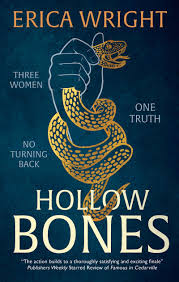Nineteenth century writer Georges Polti proposed that there are only thirty-six dramatic situations for a story. He came to this conclusion by studying classic Greek plays as well as his contemporary literature. His plot descriptions are both useful and entertaining. “Crime Pursued by Vengeance” is a personal favorite, but you might prefer “Slaying of a Kinsman Unrecognized” or “Conflict with a God.” It’s worth noting that “Adultery” and “Murderous Adultery” are two different categories.
This notion might relieve some pressure for authors. It asserts that a good story doesn’t need a shocking premise. Any idea can be original in the hands of new writers with their own unique perspectives. There’s also a distinct pleasure in encountering a familiar tale. I’ve read Jane Eyre more times than I can count, always surprised by some sentence or nuance that I missed before. And we all know children love to hear their favorite bedtime stories again and again.
Retellings are about possibilities: What if Sherlock Holmes was a precocious teenage girl? What if Elizabeth Bennet used her keen wit to solve crimes? What if Richard III wasn’t really a hunchback? Retellings are all those what-ifs tumbling through space and time, finding infinite variations. I recognize my own bias—my latest mystery Hollow Bones is inspired by Shakespeare’s Measure for Measure. Still, when authors rewrite classic tales, they’re tapping into a primal delight. Even if the source material is somewhat obscure, there’s an acknowledgement that this story has persisted for a reason.
The following eight books use established narratives, but approach them from unexpected angles, often violent ones. I wouldn’t necessarily say that the stakes are higher; the marriage market in Pride and Prejudice is serious business. But throw in a dead body or two, and there’s a new, appealing layer of suspense.
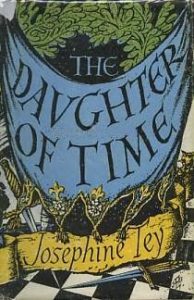
The Daughter of Time by Josephine Tey
This unapologetically nerdy books finds Scotland Yard Inspector Alan Grant convalescing at a hospital, getting crankier by the minute from sheer boredom. Encouraged by his actress friend Marta, he undertakes a historical mystery, one that can be solved from the relevant comfort of his bed as long as he has some research help. Did Richard III really kill his nephews to secure his spot on the throne? Grant approaches this question as he would any other case, dismissing hearsay, relying on verifiable facts, and applying his skills of deduction. The result is a delight.
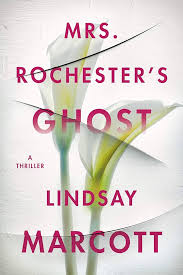
Mrs. Rochester’s Ghost by Lindsay Marcott
In this contemporary version of Jane Eyre, Marcott leans into the gothic potential of its rocky, California beach setting. There’s enough fog to make even a sensible young protagonist second-guess herself. The book’s premise is simple enough. After losing her job, Jane agrees to work for Evan Rochester, tutoring his daughter while living rent-free at their grand, spooky estate. The problem with that arrangement? Rochester’s been accused of killing his late wife. Jane wants to find out the truth, even if her investigation leads her into precarious, potentially even supernatural, circumstances.
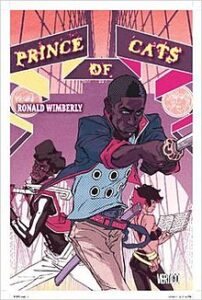
Prince of Cats by Ronald Wimberly
The prelude to Prince of Cats references its source text Romeo and Juliet alongside Langston Hughes’s poem “Harlem,” letting readers know right away that they are encountering something unique. This graphic novel follows Tybalt in 1980s New York City, complete with drugs, gangs, and reckless teenage violence. It’s written in blank verse, demonstrating how a formal style can sound modern and cool. This innovative retelling is both an ode to Shakespeare and to hip-hop culture.

Death Comes to Pemberley by P.D. James
In some ways, this novel reads like an extended denouement—we see the Darcys from Jane Austen’s Pride and Prejudice settled in their marriage. Unlike most denouements, though, this one introduces a new conflict, i.e. a murder. Could it be that George Wickham is more than a notorious cad—is he also a cold-blooded killer? In her final book, P. D. James offers up a twisty investigation that will delight both Austen fans and her own.
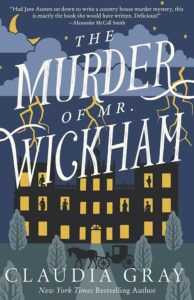
The Murder of Mr. Wickham by Claudia Gray
Okay, but what happens if the infamous Wickham is not the accused but the murdered? Then you get The Murder of Wickham by Claudia Gray. In this version of events, the Knightleys (from Austen’s Emma) host a summer party with some recognizable guests. Basically, it’s a locked room mystery with all your favorite Austen heroines. What elevates this novel to being more than lighthearted fan fiction, though, is the new characters that take center stage: Juliet Tilney and Jonathan Darcy. Juliet is free-spirited while Jonathan is reserved; when they team up, they make pretty good amateur sleuths.
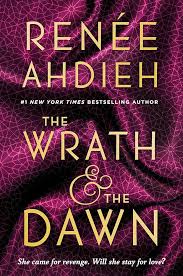
The Wrath and the Dawn by Renée Ahdieh
In this version of One Thousand and One Nights, a teenage girl volunteers to marry the king of Khorasan, a man infamous for taking a new bride every night and killing her at dawn. What does Shahrzad want from her marriage to a serial killer? Revenge. She stays her own execution by entertaining the king with fantastical stories. But her bloodthirsty plan soon encounters a snag, namely her growing feelings for her husband. I have already established my preference for stories fitting of Polti’s “Crime Pursued by Vengeance” category, but there is a healthy YA tradition of “An Enemy Loved.” And this is still a fun spin on a classic.
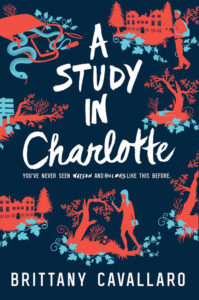
A Study in Charlotte by Brittany Cavallaro
There are so many takes on Sir Arthur Conan Doyle’s famous detective that Sherlock retellings deserve their own list. Nonetheless, I’ll offer just one, A Study in Charlotte, for its unexpectedly youthful approach to the cantankerous, brilliant investigator. This Holmes is a boarding school teenager with an off-putting temperament who still manages to attract the attention of newcomer Watson. Their friendship solidifies in the nick of time—they’re being framed for murder and need to find the real killer themselves.
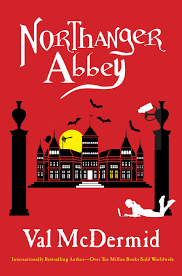
Northanger Abbey by Val McDermid
First of all, I love that Val McDermid calls her adaptation of Austen’s novel by its original title. It’s a no-nonsense approach that suits the lauded crime writer’s style. And it seems as if she enjoyed writing this contemporary version of events against a backdrop of the Edinburgh Fringe Festival. The book was part of the short-lived Austen Project, which cajoled well-established writers into trying their hands at Austen adaptations. The project was abandoned, though, before Mansfield Park and Persuasion got their due. Writing this description made me want to reread the novel, but I’m even more excited about McDermid’s upcoming Queen MacBeth (already out in the UK).
***
Featured image: William Hamilton (1751–1801), Isabella Appealing to Angelo (1793),
Folger Shakespeare Library, Washington, DC. Wikimedia Commons.


